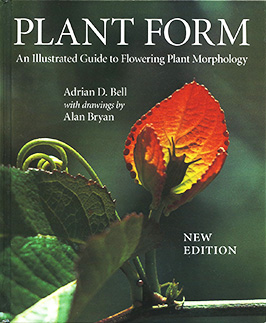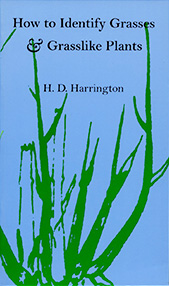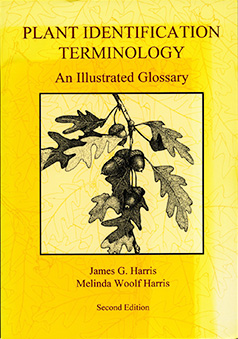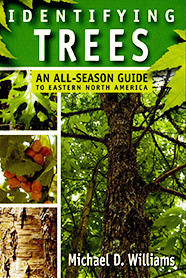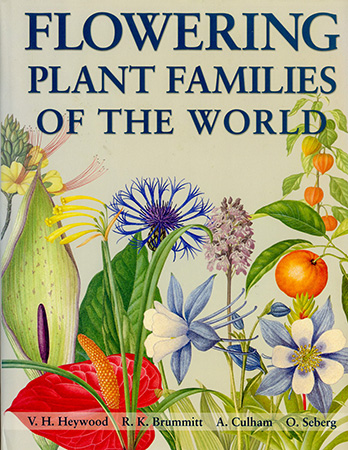
Plant Anatomy Bibliography

|
|
Note: book cover sizes in the list below are shown relative to each other. The list is organized by primary author. Some out-of-copyright books are available free at the supplied links. |
|
Plant Form: An Illustrated Guide to Flowering Plant Morphology Author(s): Bell, Adrian D.; Bryan, Alan (Illustrations) Publisher: Timber Press, 2008 ISBN: 978-0881928501 View at: Barnes and Noble, or Amazon Comments: This is a comprehensive text on plant morphology—the shapes that plants take, and how to recognize and classify them. It is a useful background for understanding and identifying plants. It is not a guide book. It is lavishly illustrated with top quality line art as well as photographs. The book is attractively laid out, and targeted at serious students of botany. 431 pages. |
|
|
How to Identify Grasses and Grasslike Plants Author(s): Harrington, H. D. Publisher: Swallow Press/Ohio University Press, 1977 ISBN: 978-0804007467 View at: Barnes & Noble, or Amazon Comments: This is not a field guide—you won't identify a single species using this guide alone—it is best described as a book about grass anatomy. Grasses, sedges and rushes are notoriously difficult to identfiy, and this book describes the often subtle features that serve to classify and identify these plants. Nearly half the book is dedicated to an illustrated glossary. Line drawings are used extensively throughout the book. Use this resource to acquire the background you need in order to use grass field guides more effectively. |
|
|
Plant Identification Terrminology: An Illustrated Glossary, 2nd Ed. Author(s): Harris, James G. & Harris, Melinda Woolf Published: 2009 ISBN: 978-0964022164 View at: Barnes & Noble, or Amazon Comments: This 226-page guide is filled with precisely executed black & white line drawings that define botanical terms much more clearly and quickly than written explanations alone, especially if you are an amateur. This is the first place I look for definitions. |
|
|
Identifying Trees: An All-season Guide to Eastern North America Author(s): Williams, Michael D. Publisher: Stackpole Books, 2007 ISBN: 978-0811733601 View at: Barnes & Noble, or Amazon Comments: It is difficult to photograph trees, because there are many identifying features. If you photograph the entire tree to capture its habit (overall shape), you lose detail. Bark changes throughout the lifetime of a tree. Branch shapes, leaf scars, fruits, flowers, and leaf shapes all play a role in identification. Identifying Trees approaches this problem by including four to six photos of each species, and, on a facing page, very detailed, highly readable descriptions. The first third of this book is dedicated to an elaborate key, non-technical in its wording, and illustrated with both line drawings and photographs. All this detail limits the range of species—I estimate there are about 130 covered—but this is a great way to learn about tree identification. 406 pages. |
Eastern North America |
|
Guide to Flowering Plant Families of the World Author(s): Zomlefer, Wendy B. Publisher: University of North Carolina Press, 1994 ISBN: 978-0807844700 View at: Barnes & Noble, or Amazon Comments: This book approaches plant identification from a taxonomic family perspective. It is not a typical field guide. Rather than focus on identifying individual species, this book stresses an understanding of the common traits of families, to simplify identification of unknowns. Dr. Zomlefer is both author and professional botanical illustrator, and this book contains extensive detailed line drawings. I find line drawings much superior to photos when learning botanical minutiae, because the drawings emphasize only the salient features. This book describes 130 families of temperate species. 408 pages. |
